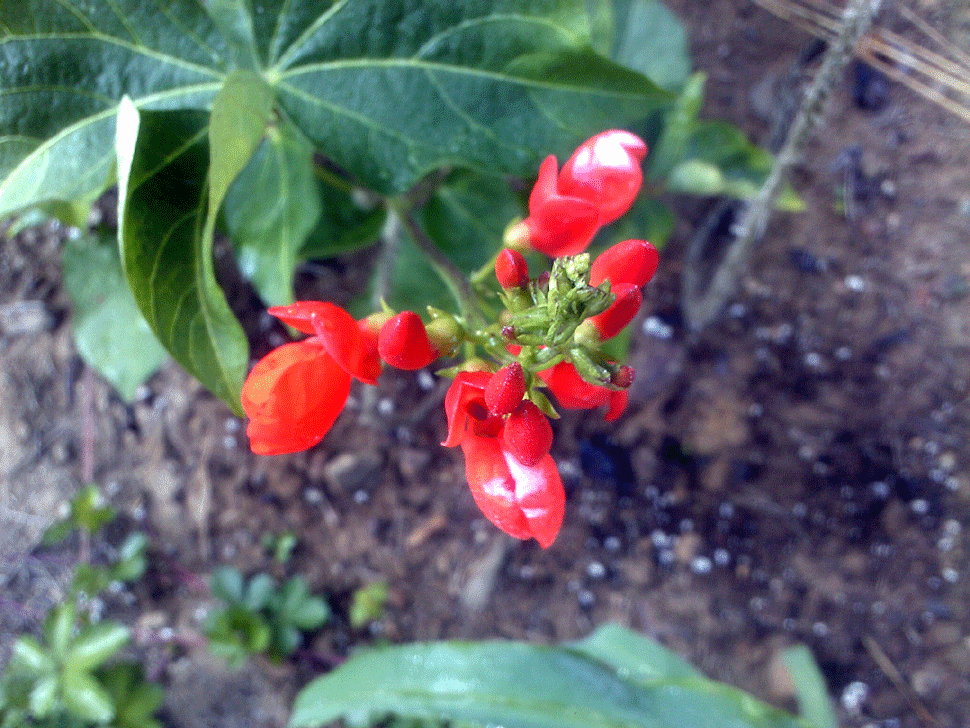
 3
3




 3
3




Jd
 2
2








 4
4




How permies.com works
What is a Mother Tree ?








 4
4




M D Scott wrote:I know that hops is used in brewing, of course, but is it a good edible plant to?
 "It's like eating a hedgerow"
"It's like eating a hedgerow"Permaculture...picking the lock back to Eden since 1978.
Pics of my Forest Garden




 2
2








 4
4




 2
2




 1
1




Jan White wrote:I like the ideas of asparagus, canefruit, and hazelnuts.
Some parts of the UK will support Camellia sinensis/tea.
You specifically mentioned you'd like an evergreen hedge, so I have to suggest bamboo. It would take some work containing it, but if it's not a huge space and your neighbours don't freak out it might be okay. Unfortunately, just about all the tasty ones seem to be running varieties.
Also evergreen, is Ceanothus. I have C. velutinus which I love. The flowers and resiny leaves smell amazing (sweet and spicy), pollinators love it, and it fixes nitrogen. The leaves make a nice tea. C. americanus is the one traditionally used for tea, though. Not sure how it compares to mine.
 2
2




Creating edible biodiversity and embracing everlasting abundance.
 2
2




![Filename: rosemary-hedge-2019.jpg
Description: [Thumbnail for rosemary-hedge-2019.jpg]](/t/124412/a/90818/rosemary-hedge-2019.jpg)
![Filename: 0-75-year-old-hedge.jpg
Description: [Thumbnail for 0-75-year-old-hedge.jpg]](/t/124412/a/90819/0-75-year-old-hedge.jpg)
![Filename: second-half-hedge.jpg
Description: [Thumbnail for second-half-hedge.jpg]](/t/124412/a/90820/second-half-hedge.jpg)
![Filename: Sage-adult.jpg
Description: [Thumbnail for Sage-adult.jpg]](/t/124412/a/90821/Sage-adult.jpg)
Creating edible biodiversity and embracing everlasting abundance.
 2
2




 2
2








Kathleen Sanderson wrote:I don't think you would need to worry about fruit trees damaging your neighbor's foundation, unless they are VERY close (within five or six feet). Planting dwarf or semi-dwarf trees would also reduce the spread of the roots, if it's a real concern.
 1
1




 1
1












M D Scott wrote:I love the look of it! I know this might sound like a stupid question but what is edible? Is it simply the 'stem' near the base, the whole stem or everything including the wispy leaves?
 1
1




 1
1




 7
7





 2
2




How Permies works: https://permies.com/wiki/34193/permies-works-links-threads
My projects on Skye: The tree field, Growing and landracing, perennial polycultures, "Don't dream it - be it! "
 5
5




 6
6




$10.00 is a donation. $1,000 is an investment, $1,000,000 is a purchase.
 8
8




Cécile Stelzer Johnson wrote:
Another great possibility is roses. There are many different varieties. I'm looking for some that I can use for rosehips or for the confection called lokum, AKA Turkish delights, for which you use the fragrant petals. They do have thorns that can keep critters in or out if you keep them tight enough. But they will eat a lot of real estate and still need a fair amount of special care.



 4
4




best time to plant a tree was yesterday, next best is every day
 4
4




 5
5




Creating edible biodiversity and embracing everlasting abundance.



 3
3




best time to plant a tree was yesterday, next best is every day
 2
2







 1
1




best time to plant a tree was yesterday, next best is every day
 1
1




Blane Arnold wrote:What a great thread of information. I’ve been thinking about replacing a non edible hedge that came with the house we’re in between us and the busy street. I’m in western Washington, zone 8b, was thinking about using a mix of the following.
- silverberry
- pineapple guava
- loquat
They’re all fruit producing and evergreens which should make for a great hedge. Tossing in some rosemary along the edge doesn’t sound too bad either! Has anyone had experience growing the plants I listed above?


|
And then the flying monkeys attacked. My only defense was this tiny ad:
Rocket Oven plan download
https://permies.com/t/rocket-oven-plans
|




